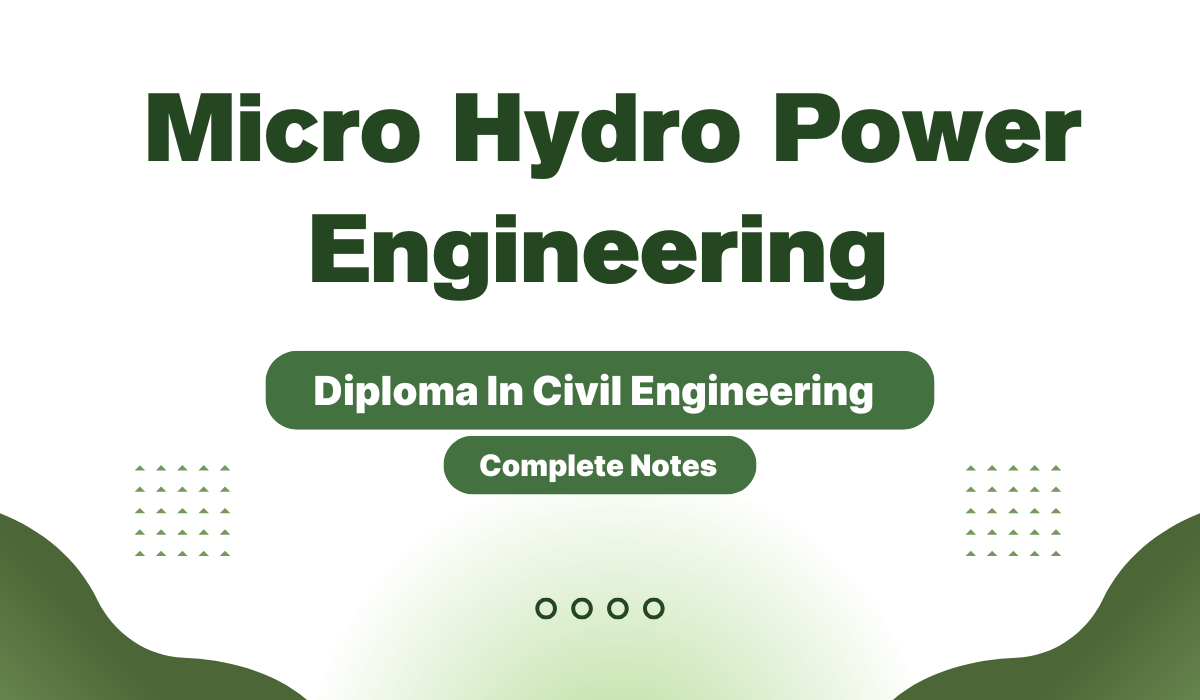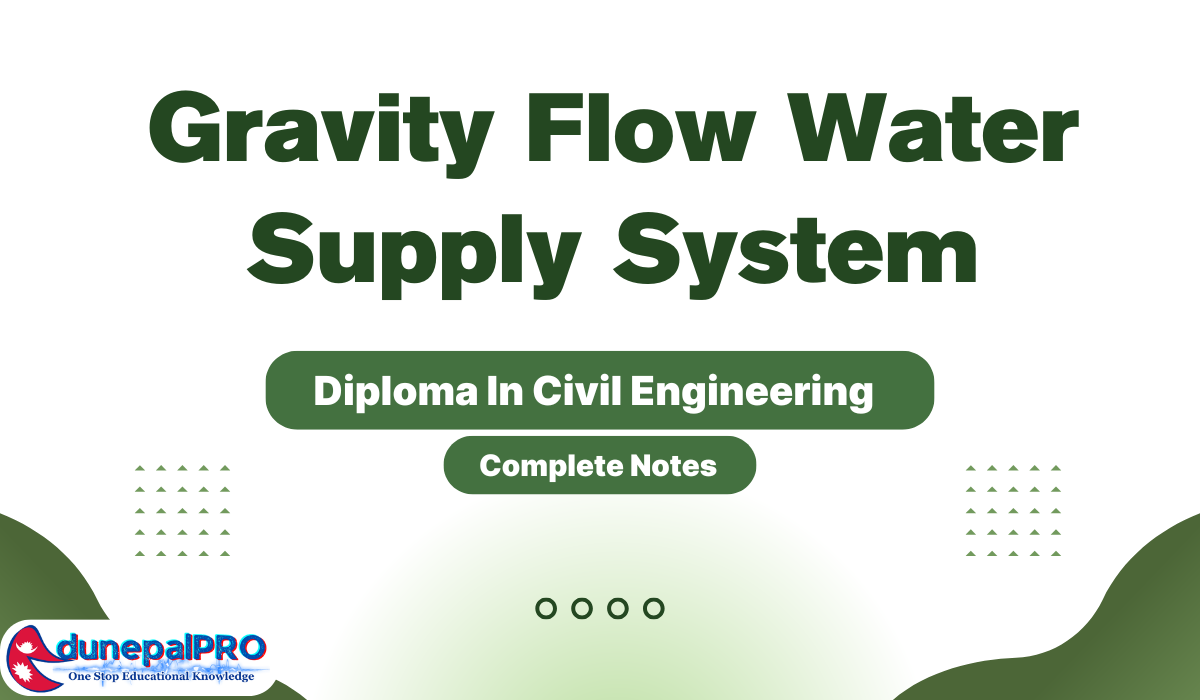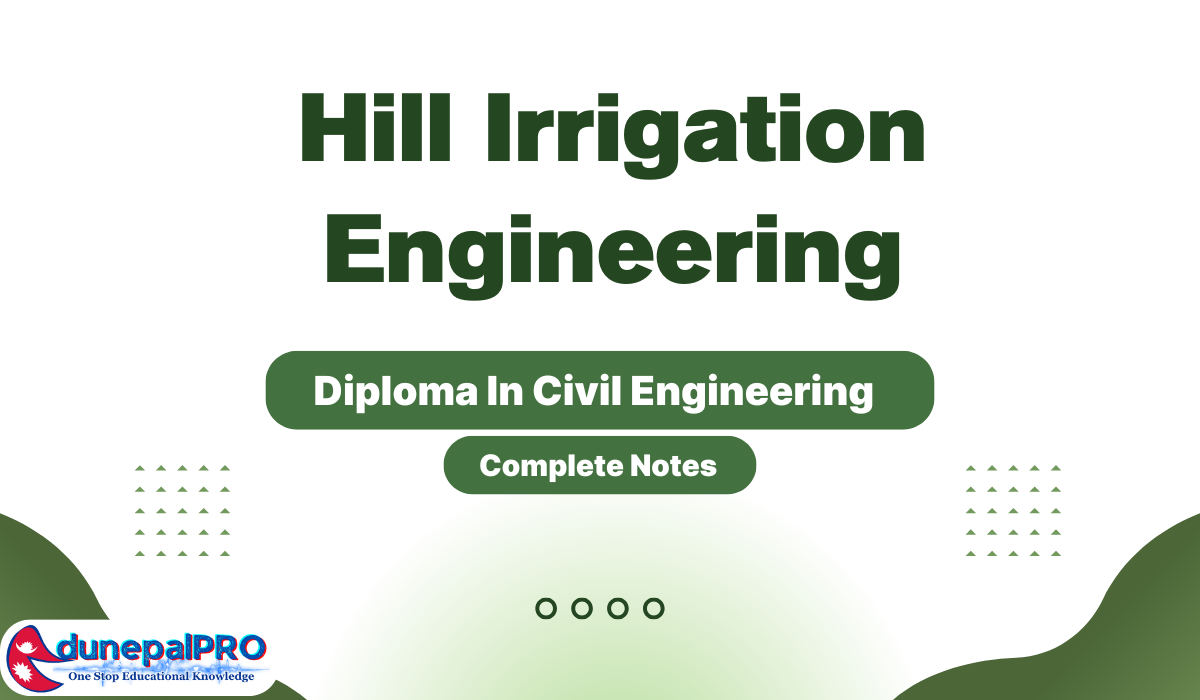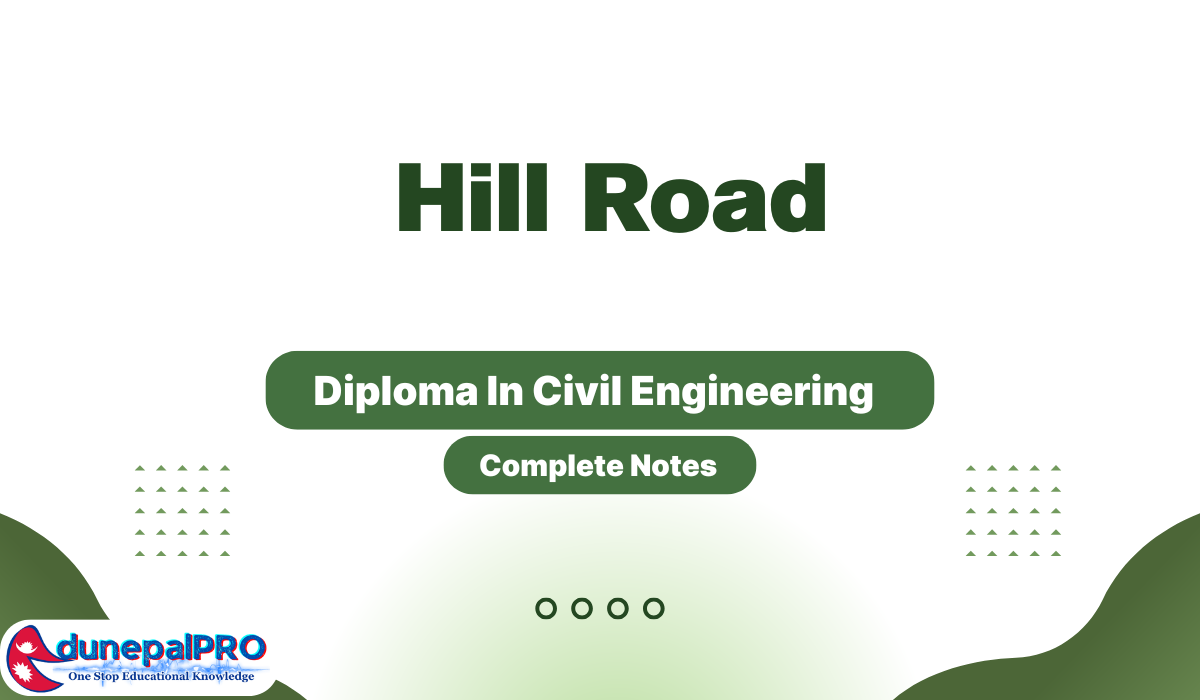Which type of irrigation system delivers water directly to the root zone of plants through pipes or tubes?
a) Drip irrigation
b) Surface irrigation
c) Sprinkler irrigation
d) Furrow irrigation
View Answer
Answer: a) Drip irrigation
Explanation: Drip irrigation delivers water efficiently to the root zone of plants, reducing water wastage and optimizing irrigation.
What is the purpose of a water treatment plant in the local infrastructure?
a) To generate electricity from water resources
b) To provide clean and safe drinking water to the community
c) To store water for recreational activities
d) To divert water for agricultural purposes
View Answer
Answer: b) To provide clean and safe drinking water to the community
Explanation: Water treatment plants purify and treat water to ensure it meets the quality standards for safe consumption.
What is the primary function of a retaining wall in local infrastructures?
a) To create a barrier to control traffic flow
b) To support vertical loads and prevent soil erosion
c) To provide a recreational space for the community
d) To protect buildings from earthquake damage
View Answer
Answer: b) To support vertical loads and prevent soil erosion
Explanation: Retaining walls are structures used to hold back soil and provide support to vertical loads, preventing soil erosion and maintaining slope stability.
Which type of road surface material is known for its smoothness, durability, and noise reduction?
a) Asphalt concrete
b) Gravel
c) Cobblestone
d) Concrete
View Answer
Answer: a) Asphalt concrete
Explanation: Asphalt concrete is widely used for road surfaces due to its smoothness, durability, and ability to reduce road noise.
What is the purpose of a sewage treatment plant in the local infrastructure?
a) To convert solid waste into compost for agriculture
b) To recycle wastewater for industrial use
c) To remove pollutants and treat sewage before discharging it into the environment
d) To generate electricity from wastewater
View Answer
Answer: c) To remove pollutants and treat sewage before discharging it into the environment
Explanation: Sewage treatment plants are designed to remove pollutants from wastewater and treat it before releasing it safely into the environment.
Which type of bridge is supported by cables anchored to towers, and is known for its aesthetic appearance?
a) Suspension bridge
b) Arch bridge
c) Truss bridge
d) Beam bridge
View Answer
Answer: a) Suspension bridge
Explanation: Suspension bridges are supported by cables anchored to towers, giving them an iconic and aesthetic appearance.
What is the purpose of a stormwater drainage system in local infrastructures?
a) To provide a source of water for irrigation
b) To collect rainwater for domestic use
c) To control flooding by channeling rainwater away from urban areas
d) To supply water for firefighting purposes
View Answer
Answer: c) To control flooding by channeling rainwater away from urban areas
Explanation: Stormwater drainage systems are designed to manage rainwater runoff and prevent flooding in urban areas.
What is the primary function of a water reservoir in local infrastructures?
a) To purify water for domestic use
b) To control water flow in rivers and streams
c) To store water for irrigation and industrial purposes
d) To generate electricity from water flow
View Answer
Answer: c) To store water for irrigation and industrial purposes
Explanation: Water reservoirs store water to ensure a continuous supply for irrigation, industrial processes, and other needs.
Which type of road intersection involves a circular traffic flow with no traffic signals or stop signs?
a) T-intersection
b) Roundabout
c) Y-intersection
d) Crossroads
View Answer
Answer: b) Roundabout
Explanation: Roundabouts are circular intersections where traffic flows continuously in one direction, without the need for traffic signals.
Which type of canal structure is used to raise or lower the water level to overcome changes in terrain elevation?
a) Aqueduct
b) Weir
c) Lock
d) Siphon
View Answer
Answer: c) Lock
Explanation: Locks are canal structures that allow boats to navigate changes in water levels by raising or lowering them to overcome differences in terrain elevation.





